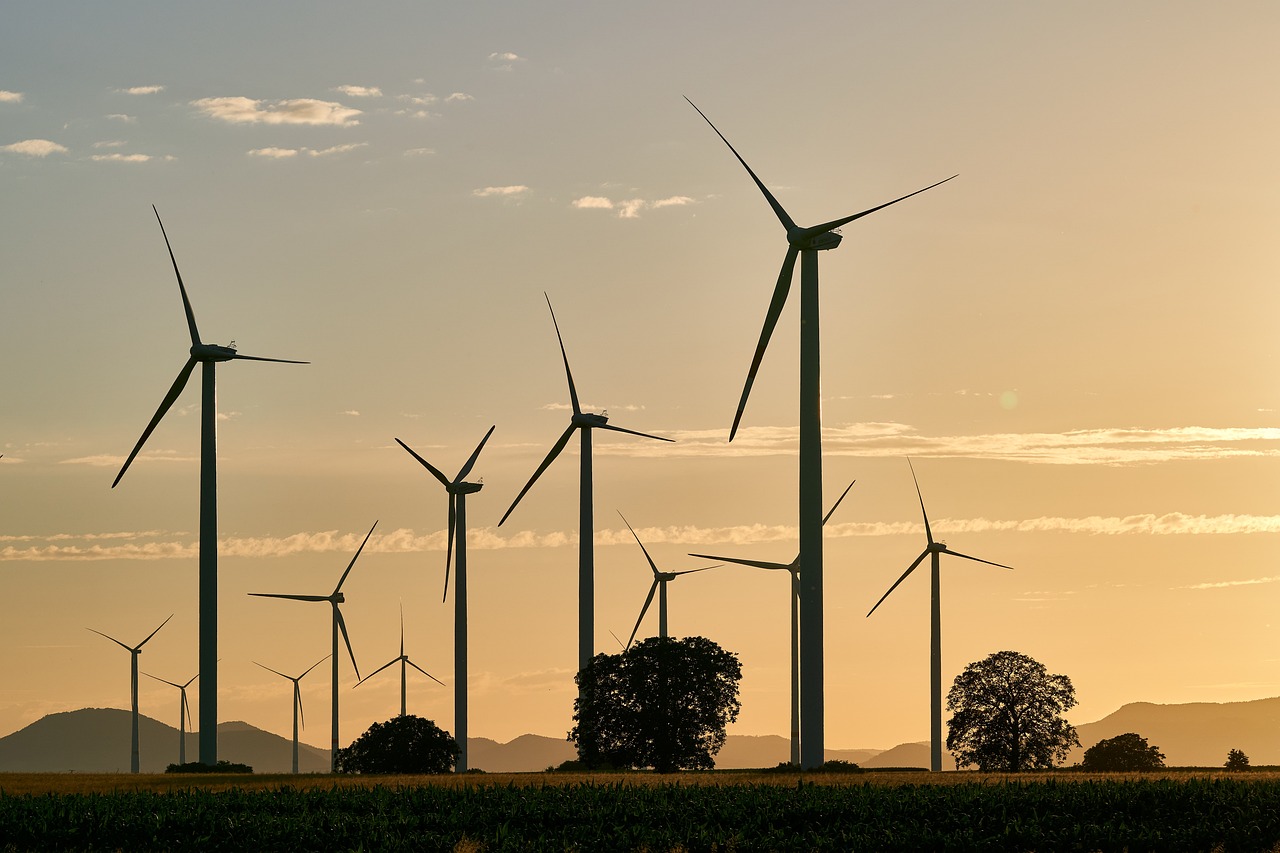As the world increasingly shifts towards sustainable energy solutions, microinverters have become an integral part of solar power systems. While their benefits in enhancing energy efficiency and maximizing solar panel output are well-known, their environmental impact throughout their lifecycle often goes unnoticed. This article explores how manufacturers and users of microinverters can significantly reduce their carbon footprint from production to disposal, adopting eco-friendly practices, sustainable materials, and recycling strategies.
1. Eco-Friendly Manufacturing Practices

The manufacturing process of micro inverters is a critical stage in determining their overall carbon footprint. Traditional manufacturing practices often involve high energy consumption and emissions, which can negate the environmental benefits of the product itself. However, many microinverter manufacturers are now prioritizing green production methods to mitigate this impact.
a. Use of Renewable Energy:
The first step towards reducing the carbon footprint in manufacturing is sourcing power from renewable energy sources such as solar, wind, or hydropower. By using clean energy for production, manufacturers can lower the indirect carbon emissions associated with microinverter production.
b. Energy-Efficient Manufacturing:
Microinverter production requires precision assembly, which typically involves significant energy consumption. To combat this, manufacturers are adopting energy-efficient machinery, optimizing processes, and minimizing waste. Advanced automation and robotics also improve the precision of manufacturing, reducing material waste and rework, which further lowers carbon emissions.
c. Waste Reduction:
Reducing waste during the manufacturing phase is essential. Practices like reusing materials, recycling production scraps, and implementing lean manufacturing principles can all contribute to minimizing the carbon footprint. Additionally, adopting closed-loop systems where materials are continuously recycled within the production process ensures minimal waste generation.
2. Sustainable Materials and Components

The materials used in the construction of microinverters play a significant role in determining their environmental impact. Many microinverters are made from a combination of metals, plastics, and electronic components, all of which come with environmental costs in terms of resource extraction, energy usage, and disposal.
a. Choosing Eco-Friendly Materials:
One effective way to reduce a microinverter’s carbon footprint is to use environmentally friendly, sustainable materials. For example, manufacturers can choose materials that are abundant, non-toxic, and recyclable. Utilizing aluminum, which is lightweight and highly recyclable, for housing components can lower the environmental impact compared to heavier metals or non-recyclable plastics.
b. Reducing Toxic Components:
The use of hazardous materials like lead, mercury, and cadmium should be avoided in microinverter production. These substances not only pose risks to human health but also complicate the recycling process. Adopting RoHS (Restriction of Hazardous Substances) compliance helps eliminate toxic components, contributing to a more sustainable product.
c. Modular and Repairable Design:
Designing microinverters with modularity in mind can enhance their lifespan and ease of repair. This design approach allows users to replace faulty components without disposing of the entire unit, thus reducing waste and extending the product's life. By prioritizing durability and repairability, manufacturers can ensure that microinverters remain in service for longer, reducing the frequency of replacements and the associated environmental impact.
3. Energy Efficiency and Long-Term Use

Microinverters are primarily designed to improve the efficiency of solar panels by converting DC power into AC power at the panel level. Their efficiency directly impacts the amount of energy produced over their lifetime, which has a direct effect on the carbon savings achieved.
a. Maximizing Energy Conversion Efficiency:
Highly efficient microinverters can reduce the amount of energy lost during conversion, making the solar system more effective at generating renewable energy. The higher the efficiency, the more electricity is generated from the same amount of sunlight, which means less reliance on fossil-fuel-based energy sources. This, in turn, reduces overall greenhouse gas emissions and the carbon footprint of the solar power system.
b. Longevity and Reliability:
The longer a microinverter lasts without failure, the fewer replacements and repairs are needed, which helps to conserve resources and reduce the overall environmental impact. By using high-quality materials and advanced technologies, manufacturers can improve the reliability of microinverters, thus extending their useful life.
4. End-of-Life Considerations and Recycling

Once a microinverter reaches the end of its life, it is essential to ensure that it is properly disposed of or recycled. Improper disposal can result in toxic materials leaking into the environment, which can have devastating consequences on both ecosystems and human health.
a. Recycling Programs:
Microinverters contain valuable metals such as copper, aluminum, and rare earth elements that can be extracted and reused if properly recycled. Manufacturers can take responsibility by offering take-back or recycling programs that allow consumers to return their old devices for proper disposal or refurbishment. This can significantly reduce the amount of electronic waste that ends up in landfills.
b. Product Takeback Initiatives:
Some companies are now establishing takeback programs, where they offer to collect used products from customers for responsible recycling. These programs can be incentivized with discounts on new purchases or other benefits to encourage participation. The proper disposal of electronic waste helps recover valuable resources while minimizing the environmental impact.
c. Circular Economy Principles:
To further reduce the carbon footprint, adopting a circular economy approach is critical. This involves designing products that can be reused, refurbished, or repurposed instead of discarded. Microinverters could be designed with components that are easily separated and recycled at the end of their life, contributing to a more sustainable product lifecycle.
Conclusion
Microinverters play a vital role in reducing the carbon footprint of solar energy systems. By adopting sustainable manufacturing practices, using eco-friendly materials, enhancing energy efficiency, and implementing recycling programs, their environmental impact can be minimized throughout their lifecycle. As the world strives for sustainability, it is essential for both manufacturers and consumers to consider the full environmental impact of these products, ensuring they are clean not only during use but also from production to disposal.

At MUSHROOM SOLAR, we are committed to advancing renewable energy solutions with a focus on sustainability. Through innovative technologies and eco-friendly products, including cutting-edge microinverters, we aim to shape a greener, more sustainable future. To learn more about our approach, visit MUSHROOM SOLAR.


